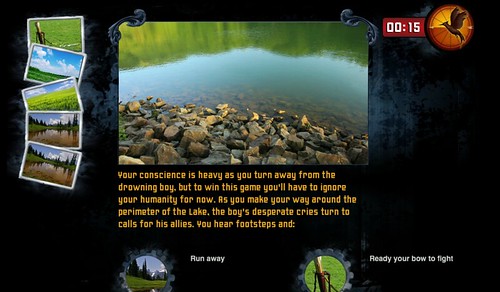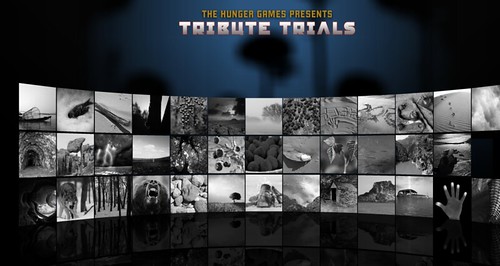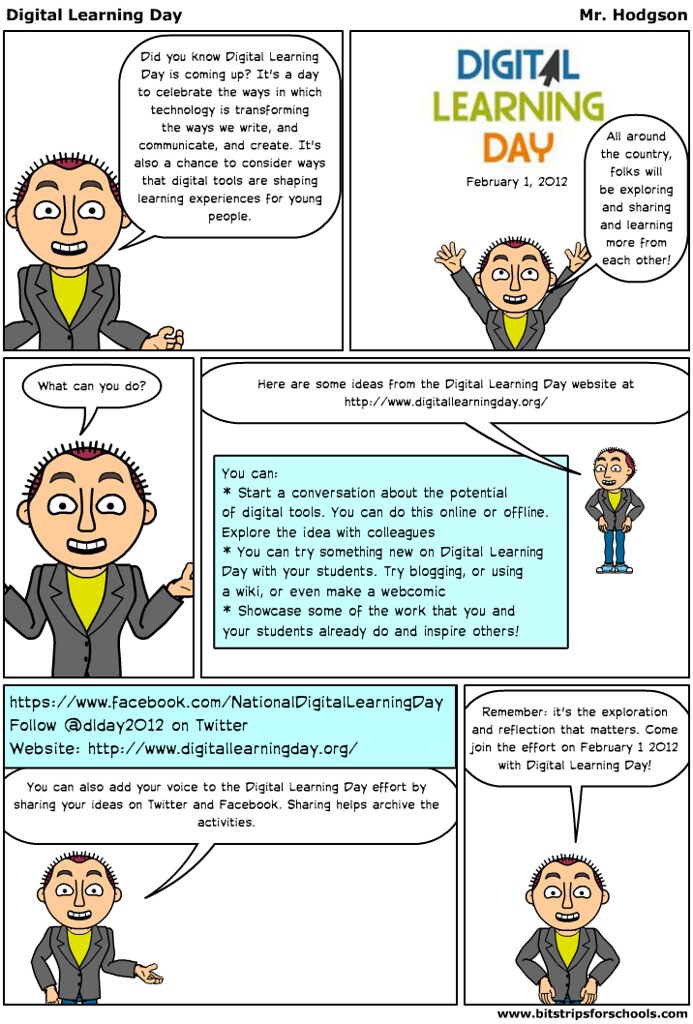You know how sometimes one topic suddenly veers off into this completely separate tangent in the classroom, and you just have to go with it for a while? We are nearing the end of reading The Watsons Go to Birmingham, and there is a scene where the main character almost dies in a whirlpool (only to be saved by a vision of his younger sister and the rescue by his older brother). I just casually asked if anyone had ever had a brush with water that they remembered.
Hands shot up. You would think I was in the room with near-ghosts waiting to tell their stories of how a river, or a pool, or the ocean had tried to grab life away from them. We had stories of riptides, and currents, and scary pool incidents. While it was interesting to hear all of the narratives, it also reminded me of how dangerous water can be.
Finally, after almost 20 minutes of this kind of storytelling, one of the students looked at my co-teacher and I and asked: What about you?
My colleague told a story of how he almost drowned in his pool when he came up for air and sucked in a mouth of clorine, and couldn’t breathe. I related the story of how I slipped under the ice in the river and how my older brother saved me by yanking me onto shore (just like the character in Watsons, I realized).
One year, during 24-Comic, I wrote a graphic story of those events.


(read the rest of the story)
I didn’t mind the way our conversations moved around, away from the topic, because those stories demonstrated the power of memory (and possibly, the failure of memory, too, as no doubt some of the stories were exaggerated a bit), and you can be sure that every student connected with the character in Watsons.
Peace (in the moment),
Kevin






